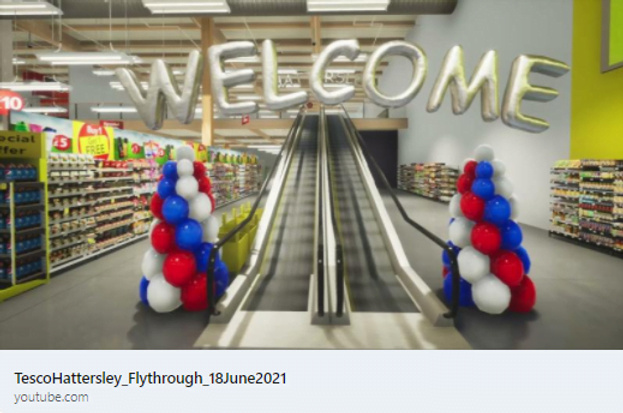2022 – Whats to come? What has 2021 taught us?
Your VR Store Simulator
https://www.youtube.com/watch?v=UZZsQTnEBZo
So, what do we think about 2021 and what is to come in 2022 and beyond?
This year has seen the first indications of a recovery from the global Covid-19 pandemic as brands and retailers start to adapt and build for the ‘new normal’ that we hear about in industry pieces and news reports.
From the client work that we have been doing at StoreLab and from desk research, there seem to be multiple themes that look to shape the future for both brands and retailers.
The Metaverse Is defined by Merriam-Webster as ‘the concept of a highly immersive virtual world where people gather to socialize, play, and work’. With the continued move to more home working and digital audience eyeballs, social media companies like Facebook with its recent parent company name change to Meta, and Google’s announcement of their revamped Google Labs, are stating their intention to cash-in on consumer’s appetite for VR and AR technology in their path-to-purchase. The combined VR and AR market is predicted to grow to over $300 billion by 2028.
As we think about the adoption curve for disruptive innovation in other areas, we see that to achieve mass adoption, it often takes the intervention of an industry leader to achieve a change. For example, while musical digital rights software and MP3 players existed before the introduction of Apple’s iPod, it took Steve Jobs to persuade music executives to sell songs digitally for 99 cents. Similarly, Facebook may be today’s catalyst for widescale adoption and innovation of VR and AR in both the B2C and B2B space. The more users, the more services, more hardware development, affordability and a ‘new normal’
Real-life stores are here to stay and 2021 saw the rise of VR storytelling to show brands’ vision of the future and retailers planning for 2022 and beyond. VR platforms like StoreLab allow brands and retailers staff who are often working from home to collaborate and share their ideas across the web by means of an online 3D category vision. The Pandemic has accelerated an already growing trend. The store experience is changing with local store micro-fulfilment capabilities from the likes of Alert Innovation and more store space given over to experiential activities. VR is the most cost-effective way to design and test new category assumptions, and importantly mitigate investment risk.
The use of VR also continued to grow exponentially during the Pandemic in shopper research. Research results have already shown that an effective VR environment either from home or central test location tests can predict real life sales performance and shopper NPD reaction to a high degree of accuracy.
During the challenging times over the last 18 months, VR and AR have become essential resources to reach and engage audiences as store access has been limited. This trend will continue well into 2022 as we are now seeing with perfect store VR tests at StoreLab.

